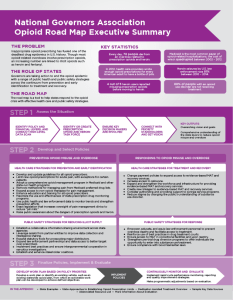Whether you are considering a re-design of your website, or just “spring cleaning” your marketing materials, taking an audit of your website content is key to enhancing your site and making it work for you to better meet your goals.
What is a Web Content Audit?
In very general terms, a content audit is an inventory of your current website content and analysis of how well it is doing to meet your marketing goals and objectives. A content audit should help you to determine what is working, what isn’t working, and what needs to be changed, added or removed altogether.
If you have a large website, a content audit can be a large task and take quite a long time to complete, so you might want to conduct the audit in stages (for example, starting with the main menu & page structure and working your way down into the sub-pages). On the other hand, if your website isn’t too big, you can probably conduct an audit of the entire site in one pass.
You’ll need to start with a list of the pages on your website. Then, you’ll want to create a spreadsheet that outlines each page’s key meta, SEO, and other information. Examples of information you might want to include in your web page content audit include:
- page name, title, and url
- where the page fits into the main menu structure
- description and/or key message contained on each page
- any call to action included on each page
- links and broken links on each page
- the person or department responsible for updating and maintaining the page
- how often the page should be or needs to be updated
- important meta and SEO elements for each page
- also be sure to look at your statistics for your website and include the page views and bounce rate for each page in your audit spreadsheet
Once you’ve done your initial web content audit, you can then put a plan together for re-designing, re-organizing, and/or re-writing your website content to better meet your marketing goals and objectives.




















